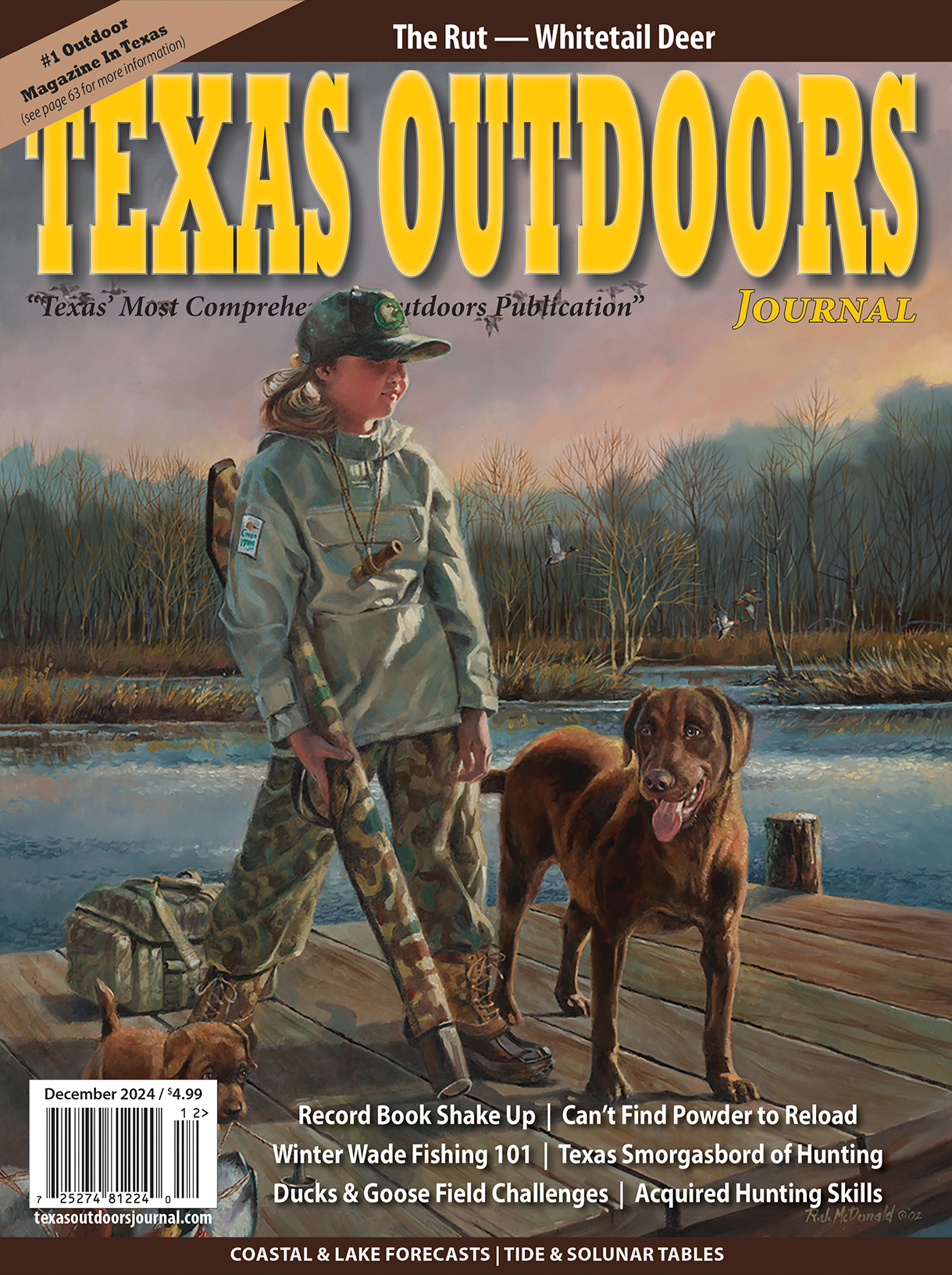
Trans-Pecos Pronghorn Restoration Efforts Continue
The continuation of the Trans-Pecos Pronghorn Restoration Project progressed with another successful relocation of 112 pronghorn in late January.
The animals were captured from healthy populations around Dalhart and moved to an area northwest of Marfa to supplement severely depleted pronghorn populations.
The relocation process was coordinated among the Borderlands Research Institute at Sul Ross State University (BRI), Trans-Pecos Pronghorn Working Group, Texas Parks and Wildlife Department (TPWD), Texas Parks and Wildlife Foundation, and USDA-Wildlife Services. Quicksilver Air, Inc. conducted the capture.
The objective of the Trans-Pecos Pronghorn Restoration Project is to bolster pronghorn populations that reached historic lows through translocations, habitat improvements, and predator management.
At least 17,000 pronghorn once roamed the West Texas region; in 2012 there were estimated to be less than 3,000. However, during last summer’s TPWD aerial survey effort, over 6,000 were calculated. With the help of Mother Nature, translocations, and other management actions populations are bouncing back in this region of Texas. The Trans-Pecos Pronghorn Restoration Program is a $1.4 million public-private partnership with the Texas Parks and Wildlife Foundation. To date, $854,000 has been secured.
Translocations also occurred in January–February of 2011, 2013, and 2014. Survival of the transplanted animals was low in 2011 (20 percent), but was significantly better in 2013 (80 percent), and 2014 (70 percent). Historic drought severely impacted survival in 2011, while good range conditions and more intensive management actions lead to much higher survival in 2013 and 2014. Over the last three years, herds that received transplanted pronghorn have done well and have had above average fawn production.
“We hope populations in our restoration areas will continue to grow and become another source for pronghorn in the next few years to help supplement other herds in the Trans-Pecos,” said Shawn Gray, TPWD Mule Deer and Pronghorn Program Leader.
At the capture site, workers took each animal’s temperature to monitor stress, along with blood and fecal samples for disease surveillance. The pronghorn also received a mild sedative to minimize stress related to capture and transport. Ear tags were attached for identification. Seventy of the captured pronghorn were fitted with radio collars, including 50 GPS collars programmed to collect GPS locations every three hours. One year post-release, the GPS collars will automatically drop from the animals and be retrieved by researchers to download and analyze the GPS data.
After processing, the pronghorn were transported by trailer to the release site northwest of Marfa.
“The capture could not have gone any smoother,” said Dr. Louis Harveson, BRI director and Sul Ross professor of Natural Resource Management. “The pronghorn were in excellent shape and traveled really well.”
During the next year, the BRI and TPWD will closely monitor the translocated pronghorn to determine survival, reproductive productivity, fawn survival, habitat utilization, and movements. This research has and will continue to define the best management practices essential in growing pronghorn populations in the Trans-Pecos region.
“We sincerely appreciate all the cooperation and support from our partners and the Dalhart and Trans-Pecos communities,” stated Gray. “Their continued support will ensure pronghorn herds in the Trans-Pecos will recover and thrive in our desert grasslands.”








